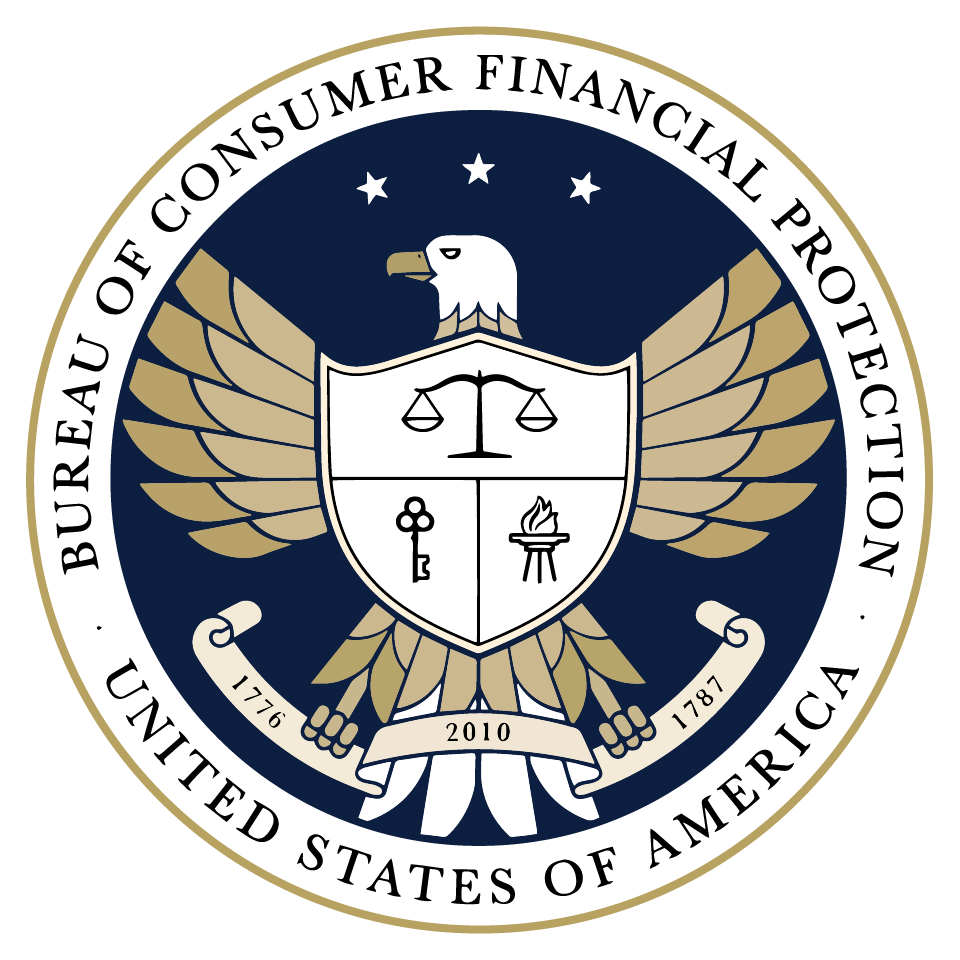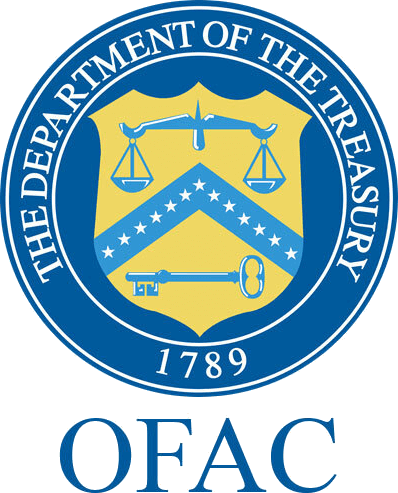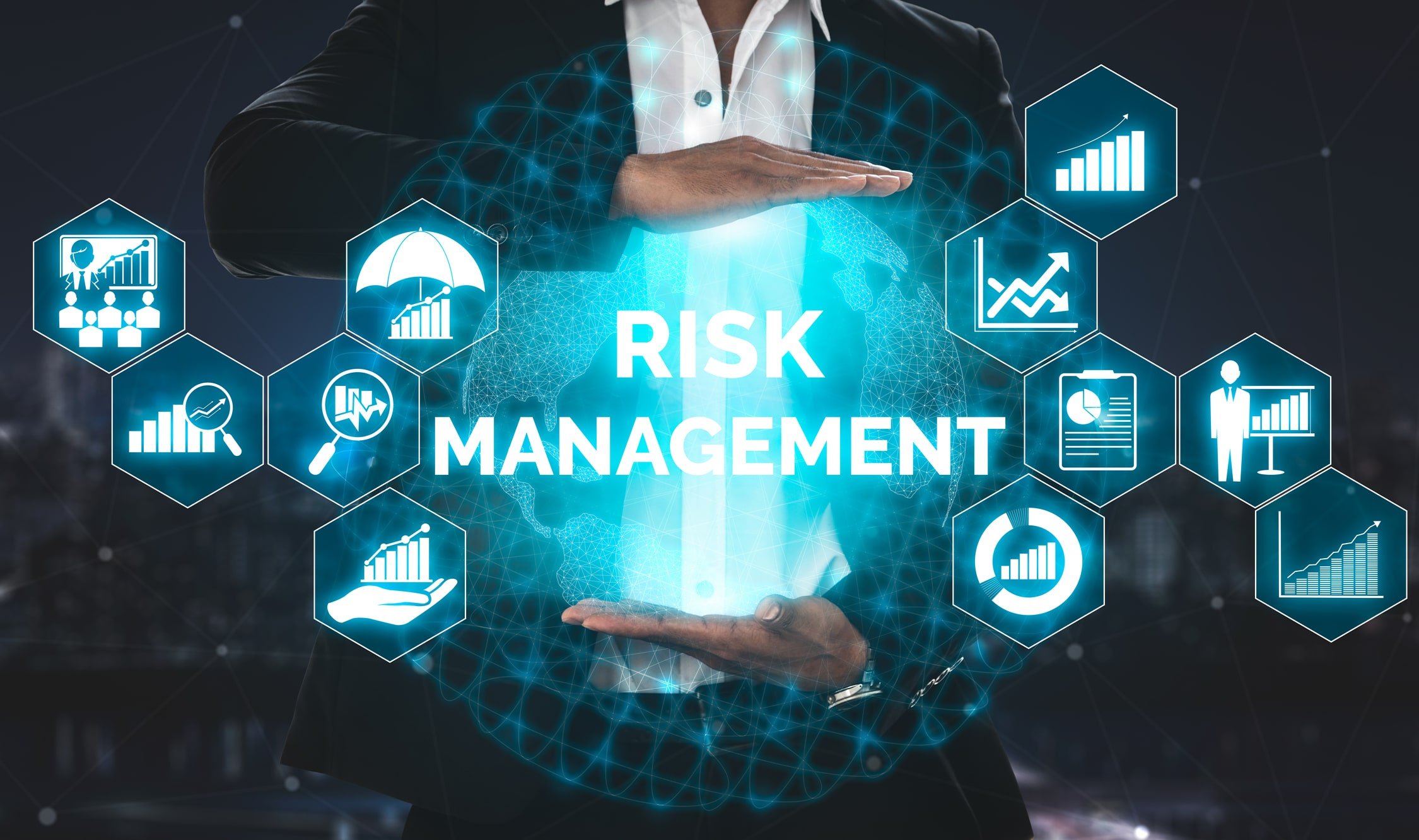
Live Training Courses for
Risk Management & Regulatory Compliance
































Dope & Dollars — A Live, One-Time Session from Inside the Investigation
Instructor: Kevin Doyle

AML, Compliance, and Risk Professionals: Skills transferable into other industries/roles (Session#2)
Course Description:
The current job market for AML, Compliance, and Risk professionals is proving to be a challenge for those who are unemployed. One approach may be to look to other industries and roles that aren't as challenging. To do this, AML, Compliance, and Risk professionals should identify their 'transferable skills' and highlight these skills when assembling a resume and/or interviewing for a role in a different industry.
Instructor: Sharon Blanchette

AML, Compliance, and Risk Professionals: Skills transferable into other industries/roles (Session#1)
Course Description:
The current job market for AML, Compliance, and Risk professionals is proving to be a challenge for those who are unemployed. One approach may be to look to other industries and roles that aren't as challenging. To do this, AML, Compliance, and Risk professionals should identify their 'transferable skills' and highlight these skills when assembling a resume and/or interviewing for a role in a different industry.
Instructor: Sharon Blanchette

